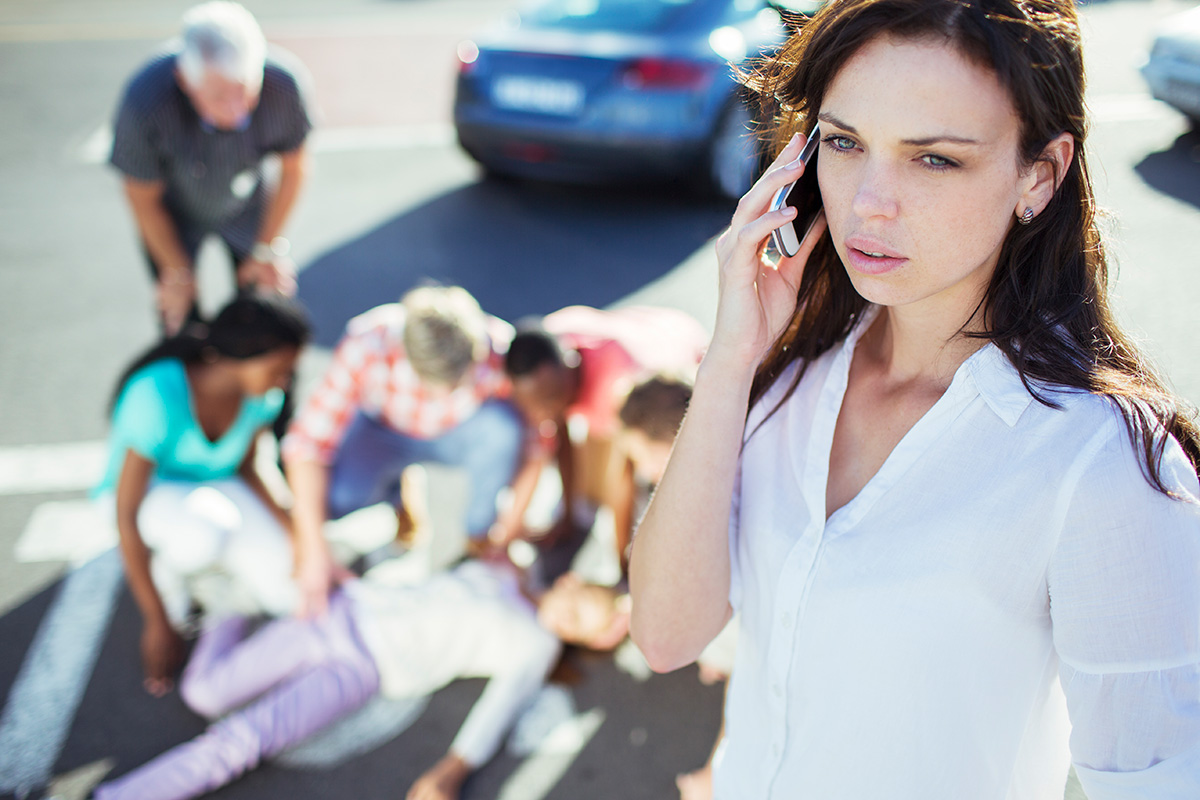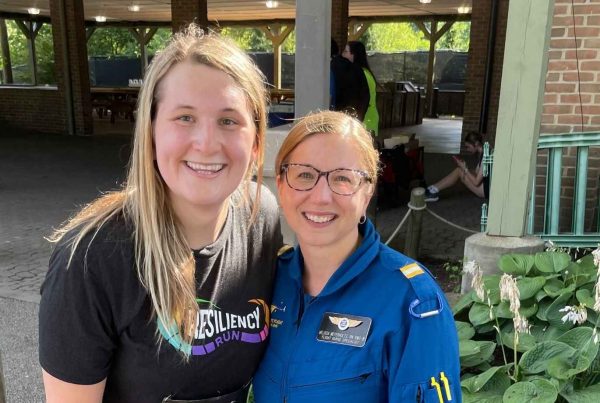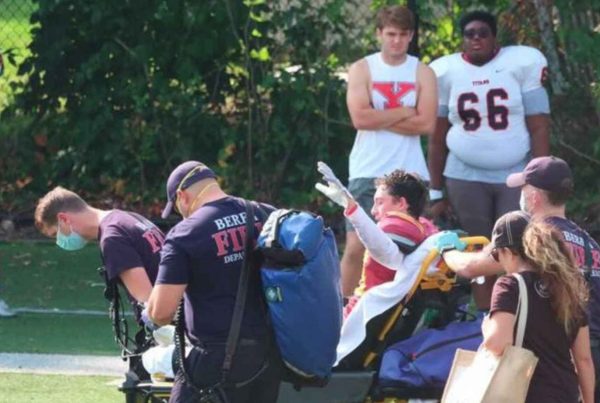If you’re on the scene of an accident or traumatic event, knowing some basics about first aid can make a big difference. Here are some tips from Northeast Ohio’s most experienced Level 1 Trauma Center.
Contributed by: Anthony Zalewski, RN, Injury Prevention & Outreach Coordinator
If you witness an accident where there have been injuries, always call 911 immediately — that’s the single most important thing a bystander can do. Give your location, including any landmarks, to help ensure EMS gets there as quickly as possible, and respond as best you can to any questions the dispatcher has about the type and extent of injuries. While you wait, you may be able to provide basic help, says Anthony Zalewski, RN, Injury Prevention & Outreach Coordinator for MetroHealth.
Bystander Tips:
Stay calm. It may seem obvious, but it’s easy to let panic take over. Take a deep breath. The more clear-headed you are, the more able you’ll be to see ways to help.
Check for your own safety. Don’t rush into an accident scene without first making sure it’s safe. Assess for smoke and flames or other unsafe situations (especially if you’re on a busy road).
Try to help if someone is bleeding. This is where a bystander can really make the difference. About 35% of prehospital trauma deaths happen because the person has lost too much blood. “You can be a stop gap until EMS gets there to potentially save someone’s life,” says Zalewski. Stop-the-bleed steps:
- First cover the wound with a dry dressing and then apply firm pressure with your hands. Do not release pressure until help has arrived. Don’t try to clean the wound or remove any objects you see in the wound.
- Pack the wound. Unless you happen to have a first-aid kit with sterile gauze, anything but paper products that could potentially break apart in the wound is good in a pinch, including clothing.
- Apply a tourniquet (a tight wrap, which you can do with a belt or something of similar width if you do not have an actual tourniquet available) to a bleeding arm or leg, above the wound. This helps slow bleeding by temporarily stopping circulation.
Communicate with others. If there’s a group of bystanders, talk to each other to share information and divide tasks. For example, one of you can help with a wounded person while the other looks out for EMS.











